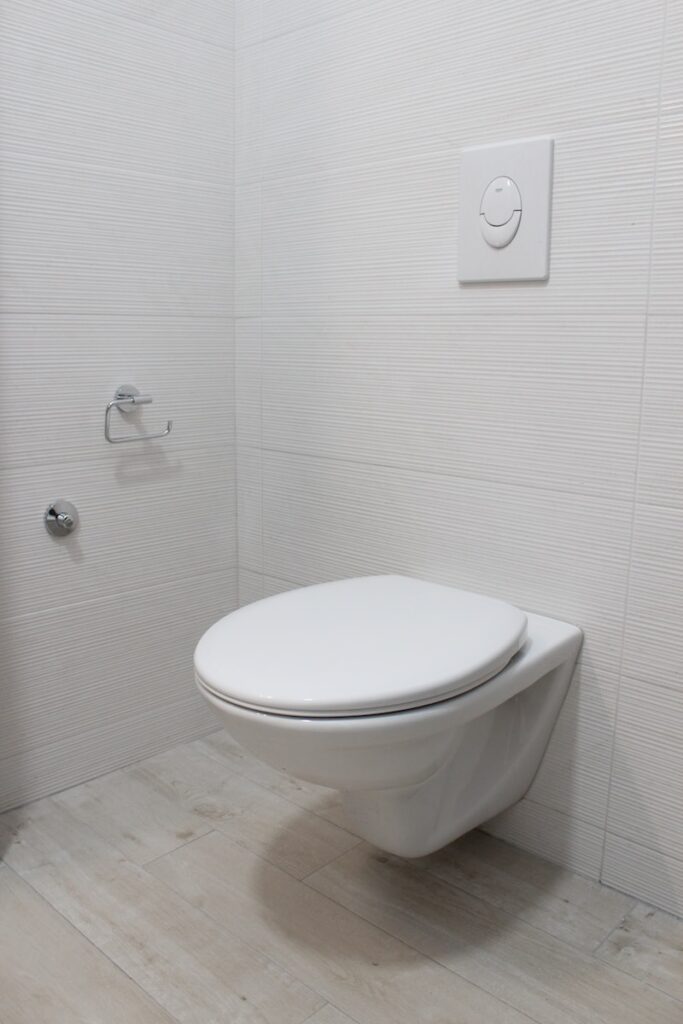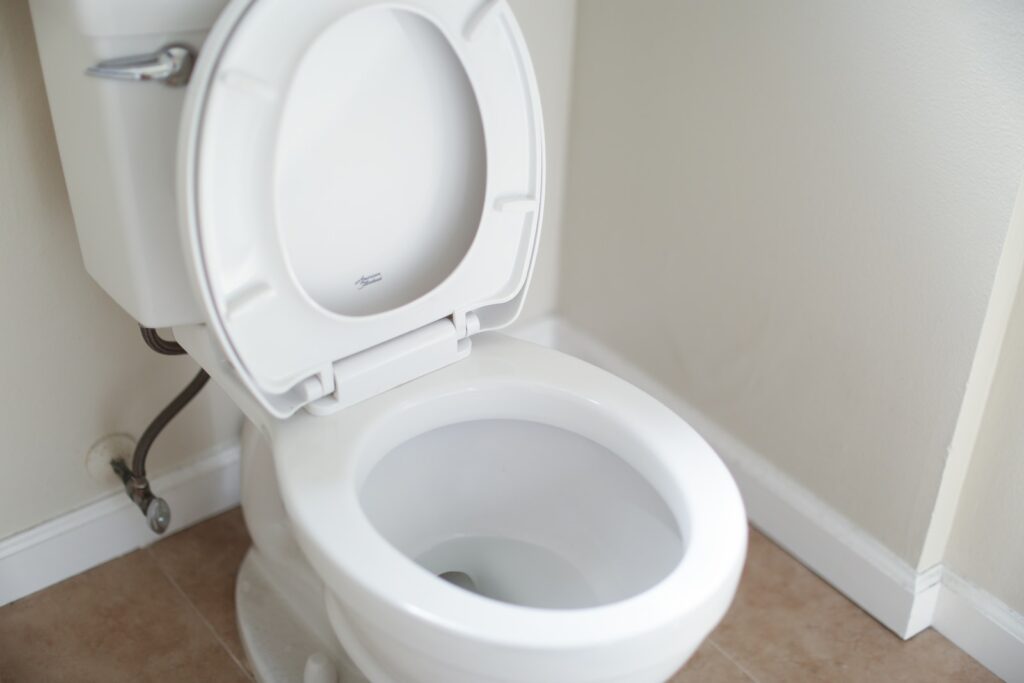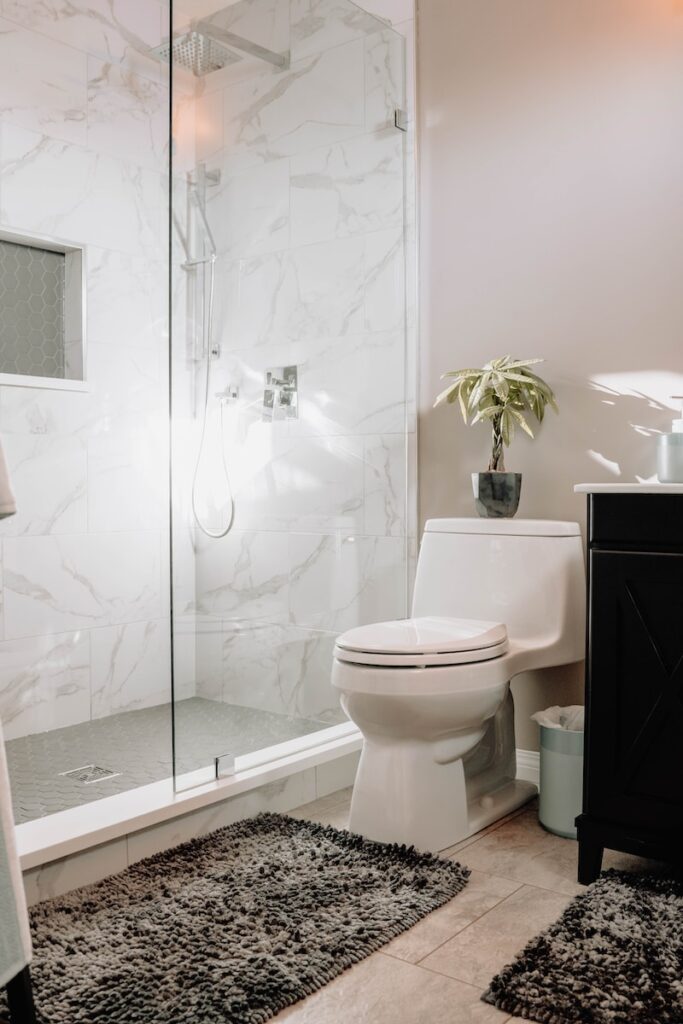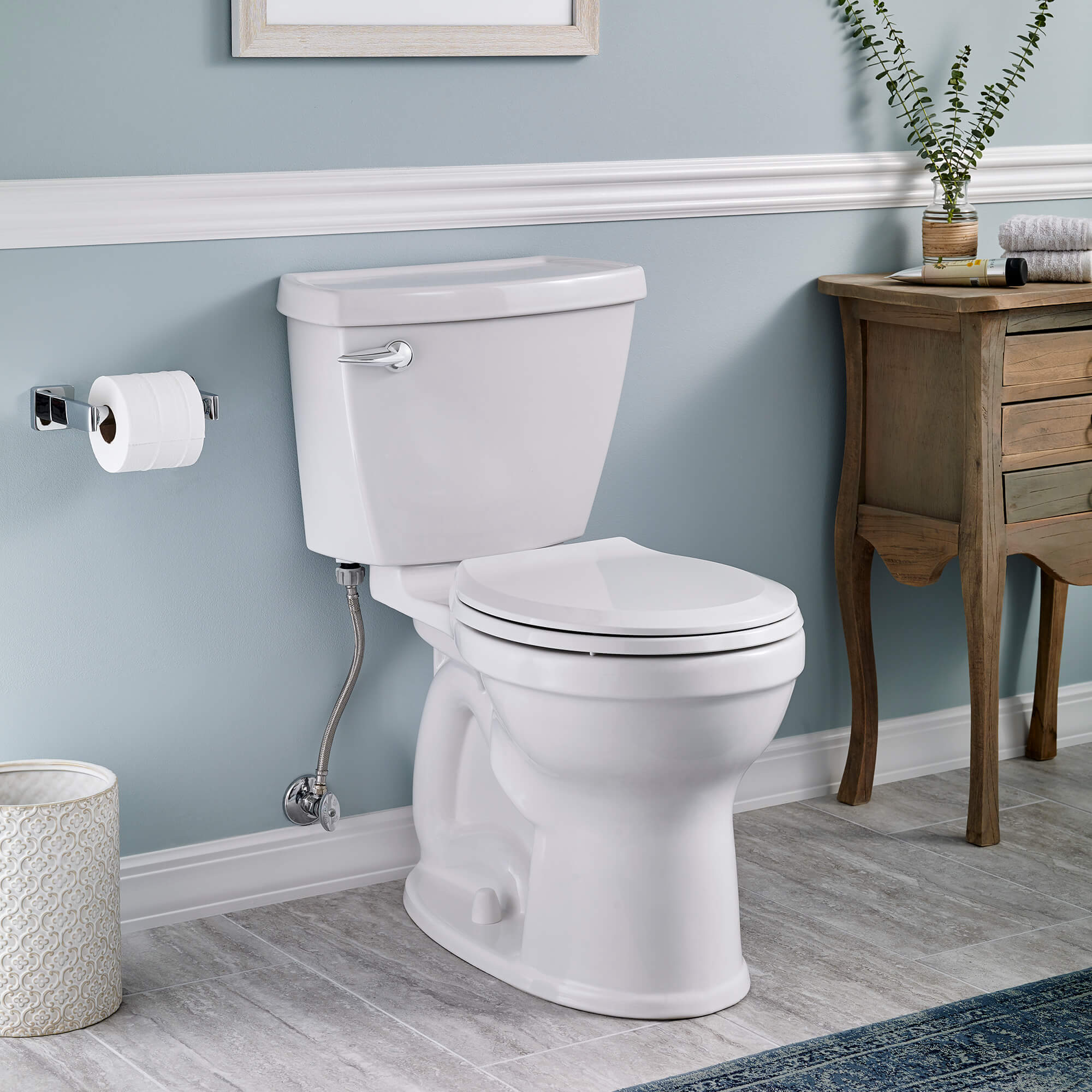Introduction
Septic tanks play a crucial role in the plumbing and sewage systems of many homes, particularly in rural areas where public sewer systems are unavailable. Despite their importance, most homeowners possess limited knowledge about the inner workings of septic tanks and how to properly maintain them. Discovering the hidden secrets of septic tank care and maintenance can save homeowners from costly repairs, inconvenient backups, and potential environmental hazards. This article unveils some lesser-known septic tank secrets that every homeowner should be aware of.
How Septic Tanks Work
A septic tank functions as an underground treatment system that collects all wastewater generated by a household. It consists of two main chambers: the first chamber allows solid waste to settle and decompose, while the second chamber offers additional treatment and clarification before the liquid effluent is released into the soil absorption field.
Within the tank, bacteria break down organic matter, while a scum layer at the top traps grease and solids. An outlet tee directs the clarified effluent to perforated pipes, enabling natural absorption into the ground without contaminating groundwater. Soil microbes provide the final treatment by removing pathogens, nutrients, and organic substances.

Septic Tank Secret #1 – Size Matters
One of the most prevalent mistakes homeowners make is installing an undersized septic tank. The general rule of thumb is to have a 1,000-gallon capacity tank per bedroom in the household. An undersized tank cannot provide adequate treatment or retention time, resulting in premature failure, blockages, and backups. Investing in a larger tank, though it may incur extra costs upfront, proves highly beneficial over the system’s lifespan.
Septic Tank Secret #2 – Location is Key
The septic tank’s placement is crucial for its efficient operation. Ideally, it should be positioned as far away from the home’s water wells as possible while remaining close to the residence. Gravity assists in transporting wastewater from the home to the tank, so locating the tank uphill from the soil absorption field promotes optimal flow. It’s important to avoid areas with compacted soil, excessive slopes, or high groundwater levels. Consider future expansion plans, as elevation changes and additions can impact drainage.
Septic Tank Secret #3 – Prevent Solids Overload
Excessive solid waste is a leading cause of septic system failure. While some solids are necessary to initiate decomposition, an excess can clog inlet and outlet pipes or occupy too much tank space. To prevent these issues, refrain from disposing of grease, fats, coffee grounds, tampons, baby wipes, diapers, paper towels, and other items that can quickly fill up the tank. It’s advisable to use garbage disposals minimally or not at all when dealing with septic tanks. Regular annual septic tank pumping is crucial for removing accumulated excess solids.
Septic Tank Secret #4 – Don’t Neglect Maintenance
Though septic tanks may remain out of sight, they should never be out of mind. Experts recommend an annual inspection of above-ground components and a tank pump-out every 3-5 years. Telltale signs such as odors, soggy ground, or slow drains indicate the need for pumping. Regular maintenance prevents solids overload and eliminates greases and scum before they obstruct inlet/outlet pipes or infiltrate the soil absorption area.
Septic Tank Secret #5 – Watch What Goes Down Drains
Homeowners with septic systems must exercise caution regarding what they allow down their drains and toilets. Household cleaners, solvents, oils, paints, and other chemicals can harm the beneficial bacteria responsible for waste treatment. Furthermore, excessive water usage from leaky pipes, new appliances, or overuse of washing machines can overwhelm the system. Conserving water and avoiding chemical disposal down drains are essential practices.

Septic Tank Secret #6 – Don’t Drive or Park on the System
Under no circumstances should soil covering the septic tank and absorption field be paved or subjected to vehicle compression. The weight of vehicles can damage pipes, compact the soil, and disrupt drainage. Grass above the soil absorption field should be maintained slightly longer to encourage evaporation and filtration. Additionally, trees and shrubs should be kept away from the drainage area.
Septic Tank Secret #7 – Know Where the System Is
Many homeowners remain unaware of the precise location of their septic tank and soil absorption field. This ignorance can lead to accidental damage caused by driving over the system, constructing additions nearby, excessive plant watering, or underground utility installation. To prevent such mishaps, identify the access covers and measure distances for reference when landscaping or undertaking construction projects. Update records with the health department whenever components are added or relocated.
Septic Tank Secret #8 – Have an Alternate Plan
In cases of severe weather, flooding, extended power outages, or other emergencies, it may be prudent to shut off the home’s water supply to prevent overloading the septic system. Create a plan for obtaining and disposing of water from alternative sources for drinking, cooking, and bathing. Avoid opening a septic tank cover during flooding, as this could allow water to enter the plumbing system. Familiarize yourself with alternative living arrangements if the home becomes uninhabitable.
Septic Tank Secret #9 – Know When to Call a Professional
While routine maintenance can address certain septic system issues, others necessitate the expertise of a septic service professional. Licensed experts can provide services such as tank pumping, repairs, replacements, or maintenance for advanced treatment components and pumps. They possess the skills to diagnose problems and ensure that any work performed complies with local health codes. Attempting DIY septic tank repairs should be avoided unless one possesses the necessary training and expertise.
Septic Tank Secret #10 – Prepare for the Costs
Maintaining a functional septic system is an ongoing financial commitment for homeowners. Budgeting for costs such as periodic pumping, component replacements, and repairs is essential. Newer advanced treatment components also require regular servicing by trained providers. Explore options like maintenance contracts to minimize unexpected sewage-related emergencies.

Conclusion
For homes lacking access to a public sewer system, a properly functioning septic tank and soil absorption field are indispensable for safe and environmentally friendly waste treatment. Familiarizing yourself with key secrets related to septic tank size, location, maintenance, usage, and accessibility enables homeowners to prepare for potential issues, prevent problems, and budget for the upkeep of this essential underground treatment facility. By taking good care of their septic systems, homeowners can ensure that these vital systems continue to perform their essential functions for many years to come.
Want to pump less often? Want to protect your septic system? Check out the scientifically proven Septifix by clicking here


